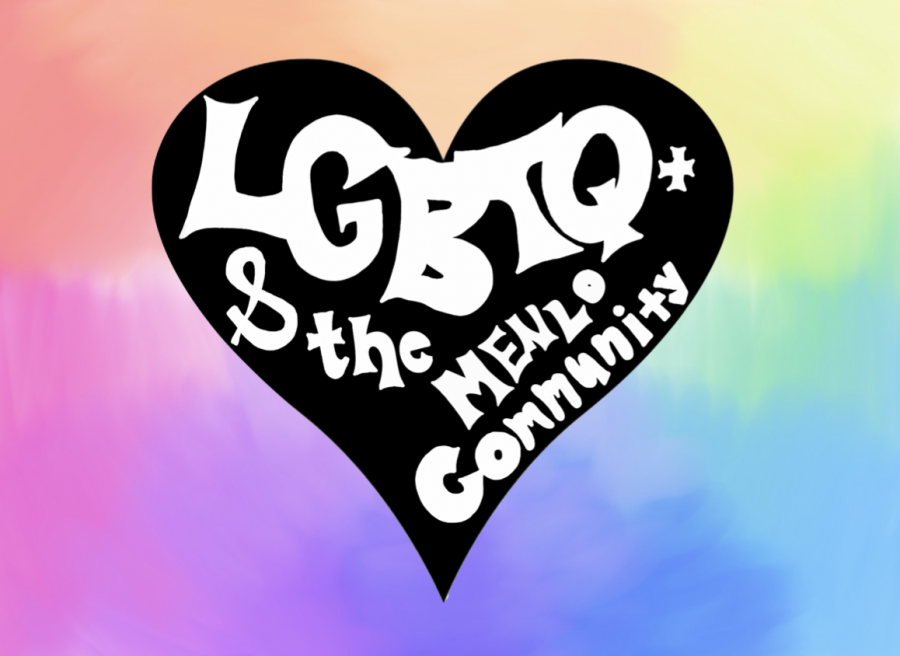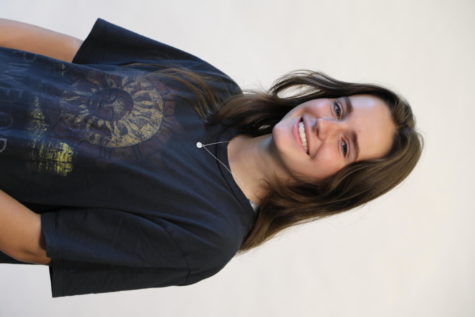The LGBTQ+ Experience at Menlo: Students Reflect on LGBTQ+ Culture
December 8, 2020
Note: This story is the third in an eight-part package about the Menlo community and the LGBTQ+ experience. It also appeared in the December 2020 47.2 print edition of The Coat of Arms.
———
At Menlo, the LGBTQ+ community has had an amplified voice over the past few years starting with the emergence of Spectrum Club, numerous assemblies and advocacy sessions. Through different forms, Menlo students have been able to have conversations surrounding gender, identity, sexuality and more. But representation aside, the current hope for many members of the LGBTQ+ community focuses on acceptance and the removal of a current stigma around their community.
Generally, members of the LGBTQ+ community maintain that considering the cultural sentiment around sexuality, Menlo is relatively inclusive. However, that does not mean that the school is totally accepting of all genders and sexualities, according to junior Emory Tudor. “I think both teachers and students make an effort to be inclusive. But it’s hard, especially if teachers don’t ask for people’s pronouns,” they said. For Tudor, simply accepting LGBTQ+ students isn’t enough. In order to fully include other communities, we must first normalize and validate LGBTQ+ students’ differences, like using a person’s correct pronouns, for example. “In turn, a more inclusive school setting will help students feel more comfortable with their straight or cisgender classmates,” Tudor said.
Despite Menlo becoming more inclusive over the past few years, the presence of subtle homophobia exists at Menlo and continues to ostracize students whether intentional or not. While more rash and hurtful forms of homophobia exist, microaggressions can still harm a community greatly. Everyday, common homophobia does not always seem outright hateful, and often the person talking does not realize they have said something harmful. “People will say, ‘oh, that’s gay,’” one junior girl who prefers to remain anonymous said. “It’s those passive, outwardly homophobic comments that don’t make me feel safe.”
Menlo’s small size also contributes to a culture of gossip, which only makes it harder for sexuality to become a normal conversation, according to the junior girl. “We’re a small school. Everyone knows everyone’s business to some degree,” she said. The gossip surrounding sexuality at Menlo makes it very uncomfortable for both out and closeted members of the LGBTQ+ community. “No one wants anybody speculating about their sexuality,” the junior girl said.
However, it is important to distinguish that despite the small representation at assemblies, and in classes, the LGBTQ+ community is much larger than we recognize. According to the junior girl, the small, known demographic does not represent the actual amount of non-heterosexual students. This is because many students have chosen not to come out for a variety of reasons. “It seems like a small demographic, but in reality, I know a lot of people who don’t identify as heterosexual,” the junior girl said.
One of the reasons that many people stay detached from the out LGBTQ+ community is that there may be several conflicting parts of one’s identity. When people are a part of more than one marginalized group, they can feel that they have to choose the part of themselves that they identify more with. This means that within the LGBTQ+ community, members who are also part of other affinity groups may feel that they have to choose to focus on just one of them, according to certain facets of their identity, such as race. “I don’t want anyone to feel left behind or excluded from the conversation because they’re discriminated against more,” the junior girl said.



